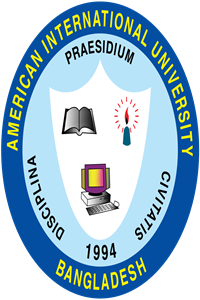MOU With PARTNERS
A memorandum of understanding (MoU) is a written agreement between two organizations that helps establish the ground rules for any partnership activities you choose to explore.
An MoU should outline what each organization agrees to contribute to a partnership, a timeframe for delivering the desired outcomes, details of exactly how each party will collaborate (e.g., regular in-person meeting, conference calls, written approval of all activities by both parties), and how the parties will authorize and pay for any costs incurred in delivering the desired outcomes.
MoUs are like contracts that define the way two organizations will work together. While MoUs are technically legally binding, consider these documents as a tool to facilitate partnership and ensure a smooth working relationship between two organizations. Given the legal nature of the documents, however, it’s wise to have a legal representative review the language included in the MoU before it is signed.
Details about specific projects and initiatives on which the organizations will collaborate, including the scope of projects and the length of time the projects will last.
Information detailing how costs associated with joint efforts will be authorized and paid for.Guidelines defining the use of each organization’s logo and name in joint materials such as press releases, fact sheets, brochures, websites. For example, does an organization have branding guidelines that must be followed when creating joint materials?
Guidelines defining ownership of jointly developed materials and use of those materials after the MoU has expired.Language outlining if and how partnership will be announced to the public and/or media.





